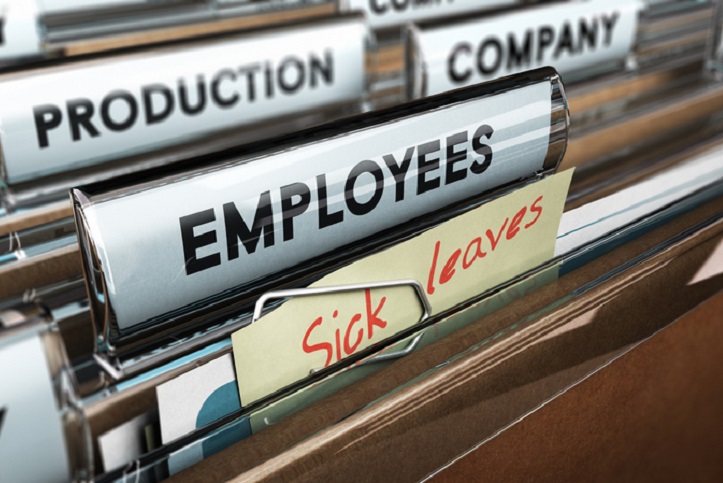This has certainly been an “interesting” couple of weeks. Information has been coming so fast at all of us, it’s hard to keep up. As soon as you think you understand what’s happening and assistance that might be available, the world changes again and you have to start over. One thing we do appear to have clarity on now is the Families First Coronavirus Response Act. (H.R. 6201).
H.R. 6201 has now gone through the House twice, the Senate once and has now been signed into law by President Trump. As the title of the bill indicates, the focus of this bill is on “Families First” and covers several pain points families are currently experiencing or could potentially experience. Thinking of it in terms of that will help you understand that this is not a business stimulus bill. Congress is deep into formulation of that bill, which will be much broader and significantly larger than this bill. Items addressed in H.R. 6201 include expanding food assistance for families who rely of food services and whose children have been sent home from school, paid sick leave to employees, expanding unemployment benefits, penalty and interest relief for tax payments, additional guidance regarding health savings accounts, requiring employers to provide additional protections for health care workers, and more.
H.R. 6201 as it related to employers expands the Family Medical Leave Act, on a temporary basis, to employers with fewer than 500 employees. This is a significant change because FMLA currently only covers employers with 50 or more employees. There is an exception for businesses with 50 or fewer employees if implementing the new law will jeopardize their business.
To be eligible for benefits under the expanded FMLA an employee must be employed 30 days. If they are, they can take up to 12-weeks of job-protected leave to care for a child that is required to stay home from school or childcare due to a COVID-19 closure.
The bill compensates these employers with a tax credit they can take on their quarterly payroll tax returns. The credit is equal to 100 percent of the employer’s share of the payroll tax and is limited to $200 per day, up to an aggregate total of $10,000.
H.R. 6201 also provides for Emergency Paid Sick Leave allowing those eligible employees to take paid sick leave if any of the following apply: 1) leave is due to a federal, state or local quarantine order related to COVID-19; 2) the employee has been advised by a healthcare provider to self-quarantine; 3) the employee is experiencing symptoms and is seeking a medical diagnosis for COVID-19; 4) the employee is caring for an individual self-quarantined for COVID-19; 5) the employee is caring for their child due to a school or childcare closure; or 6) the employee is experiencing another similar condition defined by the Secretary of Health and Human Services.
Under this provision, employers with fewer than 500 employees are required to provide full-time employees with 80 hours of paid sick leave at their regular rate of pay. Their pay is reduced to 67% of regular pay for reasons 4, 5 or 6 above. Benefits under this program are capped at $511 per day or $5,110 total per employee for emergencies related to themselves and identified in items 1, 2 or 3 above. The cap reduced to $200 per day or $2,000 total care for someone other than the employee and identified in 4, 5, or 6 above.
This portion of the bill also compensates employers with a tax credit against quarterly payroll taxes. The credit allowed is capped at $511 per day if the employee is caring for themselves or $200 per day if they are caring for someone else and is available for up to 10 days per employee per calendar quarter.
H.R. 6201 doesn’t specifically address if the credit is taken against deposits or on the actual quarterly payroll tax return. As a practical matter, we believe you should determine the credit and reduce your deposit thereby keeping cash flow in your business. However, please consult us before taking that approach.
Also, in the bill to assist employees affected by COVID-19 is the Emergency Unemployment Insurance Stabilization And Access Act of 2020. As it sounds, this portion of the bill is to ensure States have sufficient resources to pay unemployment benefits and simplifying and speeding up the process of applying for and receiving unemployment benefits.
As previously covered in Notice 2020-17, the IRS issued guidance providing that it would waive penalties and interest on tax payment for 90-days (until July 15, 2020) allowing taxpayers to keep their cash longer. This portion of the bill does not delay refunds that are due. They will still be paid according to when your return is received and processed. Unfortunately, there has not yet been relief for the tax filing deadline. That means your tax form must still be filed or formally extended by April 15, 2020. We’re hopeful additional filing relief will be granted in the near future.
There is much more in this Bill and I’m sure more detail and analysis will be forthcoming. This summarizes the various sections as they relate to employers and their employees. Please contact us if you would like to review it further and how it applies to your circumstances.





